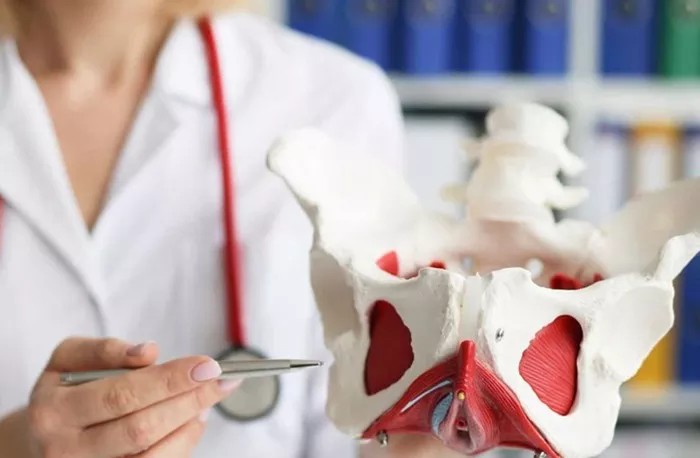Protein is an essential macronutrient that plays a vital role in building and repairing tissues, supporting immune function, and maintaining overall health. However, determining how much protein an average person needs can be a complex task, as individual requirements vary based on factors such as age, sex, activity level, and overall health status. In this article, we delve into the science behind protein needs, providing insights into optimal intake levels for different populations and lifestyles.
Understanding Protein: The Building Blocks of Life
Proteins are large molecules made up of amino acids, which are often referred to as the “building blocks” of life. There are 20 different amino acids, nine of which are considered essential because the body cannot produce them on its own and must obtain them through diet. Proteins are involved in virtually every aspect of bodily function, including:
1. Building and repairing tissues, such as muscles, bones, and skin
2. Producing enzymes and hormones that regulate metabolism and cellular processes
3. Supporting immune function and defending against infection and illness
4. Transporting nutrients and oxygen throughout the body
5. Maintaining fluid balance and pH levels in the blood
Factors Influencing Protein Requirements
Several factors influence an individual’s protein needs, including:
1. Age: Protein needs vary throughout the lifespan, with higher requirements during periods of growth and development, such as infancy, childhood, and adolescence. Older adults may also have increased protein needs to support muscle maintenance and prevent age-related muscle loss.
2. Sex: Men generally have higher protein needs than women due to differences in body composition and muscle mass. However, protein requirements can vary based on factors such as activity level, body weight, and overall health status.
3. Activity Level: Active individuals, such as athletes and those who engage in regular exercise, may require more protein to support muscle repair and recovery. Endurance athletes may have slightly lower protein needs compared to strength athletes, but both groups benefit from adequate protein intake to optimize performance and recovery.
4. Health Status: Certain health conditions, such as injury, illness, or surgery, may increase protein needs to support tissue repair and healing. Chronic diseases such as diabetes, kidney disease, and cancer can also affect protein metabolism and utilization, requiring individualized dietary recommendations.
Recommended Protein Intake Levels
The Recommended Dietary Allowance (RDA) for protein is the amount of protein considered adequate to meet the needs of most healthy individuals in a specific age and sex group. The RDA for protein is expressed in grams per kilogram of body weight per day (g/kg/day). Here are the current RDAs for protein:
1. Adults: The RDA for protein for adults is 0.8 grams per kilogram of body weight per day (g/kg/day). For example, a sedentary adult weighing 70 kilograms (154 pounds) would need approximately 56 grams of protein per day.
2. Athletes and Active Individuals: Active individuals, such as athletes and those who engage in regular exercise, may require higher protein intakes to support muscle repair and recovery. Recommendations for athletes typically range from 1.2 to 2.0 grams of protein per kilogram of body weight per day, depending on the type, intensity, and duration of exercise.
3. Older Adults: Older adults may benefit from slightly higher protein intakes to support muscle maintenance and prevent age-related muscle loss. Some research suggests that protein intakes of 1.0 to 1.2 grams per kilogram of body weight per day may be more appropriate for older adults to optimize muscle health and function.
Meeting Protein Needs Through Diet
Meeting protein needs through a balanced diet that includes a variety of protein-rich foods is the best way to ensure adequate intake. Here are some examples of protein-rich foods and their approximate protein content:
1. Chicken breast (3 ounces): 26 grams of protein
2. Salmon (3 ounces): 22 grams of protein
3. Greek yogurt (6 ounces): 17 grams of protein
4. Tofu (1/2 cup): 10 grams of protein
5. Lentils (1/2 cup): 9 grams of protein
6. Eggs (1 large): 6 grams of protein
7. Almonds (1/4 cup): 8 grams of protein
8. Quinoa (1/2 cup cooked): 4 grams of protein
Conclusion: Finding Your Protein Sweet Spot
Determining how much protein you need can be a nuanced process that depends on various factors such as age, sex, activity level, and overall health status. While the RDA provides a general guideline for protein intake, individual needs may vary based on personal factors and lifestyle choices. By understanding the basics of protein metabolism and considering your unique circumstances, you can make informed decisions about your protein intake and optimize your overall health and well-being.
Determining how much protein you need can be a nuanced process that depends on various factors such as age, sex, activity level, and overall health status. By understanding the basics of protein metabolism and considering your unique circumstances, you can make informed decisions about your protein intake and optimize your overall health and well-being.
[inline_related_posts title=”You Might Be Interested In” title_align=”left” style=”list” number=”6″ align=”none” ids=”6605,6544,6541″ by=”categories” orderby=”rand” order=”DESC” hide_thumb=”no” thumb_right=”no” views=”no” date=”yes” grid_columns=”2″ post_type=”” tax=””]
































